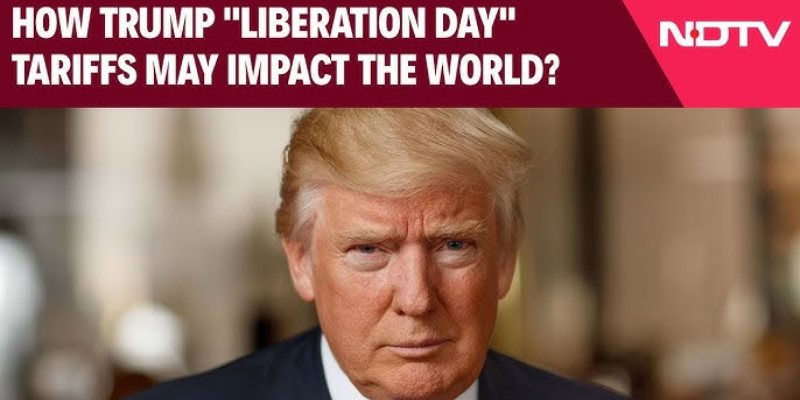Markets Plummet as Trump Rolls Out “Liberation Day” Reciprocal Tariffs
New York, April 3, 2025 – Global markets took a nosedive Thursday following President Donald Trump’s announcement of aggressive reciprocal tariffs under his “Liberation Day” initiative. The policy, which slaps a 10% tariff on all imports starting April 5 and higher rates on select countries by April 9, has reignited fears of a full-blown trade war.
The steepest duties target China, with an additional 34% tariff layered onto an existing 20%, totaling 54%. Other nations face reciprocal rates as high as 25%, though exemptions apply to critical goods like copper, pharmaceuticals, semiconductors, lumber, gold, and energy. Canada and Mexico, shielded by the USMCA, will avoid some reciprocal tariffs but not separate fentanyl-linked duties.
Financial markets reacted with alarm. Bitcoin and tech stocks led the sell-off, reflecting investor panic over economic uncertainty. “This is a high-stakes move that could backfire,” warned Mark Reynolds, a senior analyst at Goldman Sachs. “We’re looking at higher prices, disrupted supply chains, and a real risk of recession.”

Internationally, the tariffs drew sharp rebukes. China promised swift retaliation, while the EU began drafting countermeasures. “These actions threaten global stability,” an EU spokesperson said. Meanwhile, U.S. consumers and businesses brace for sticker shock as import costs climb.
Trump touted the tariffs as a victory for American industry. “No more free rides for countries ripping us off,” he said in his address. The White House argues the policy will protect domestic jobs and correct trade imbalances.
Yet experts remain skeptical. “The math doesn’t add up for consumers,” said Professor Laura Hensley of NYU. “Higher tariffs mean higher prices—it’s that simple.” With exemptions failing to offset broader impacts, the policy’s success hinges on whether it can deliver economic gains without triggering a global downturn.
As the April 5 deadline looms, the world holds its breath, awaiting the full consequences of Trump’s trade offensive.